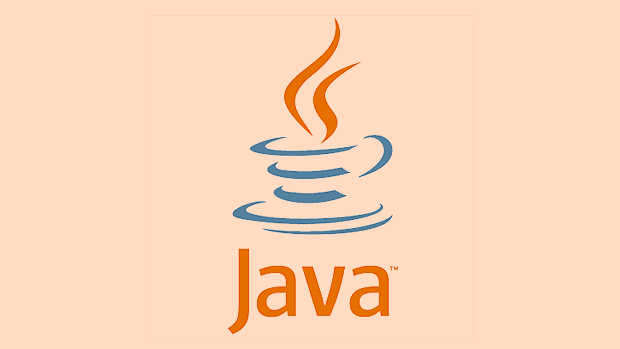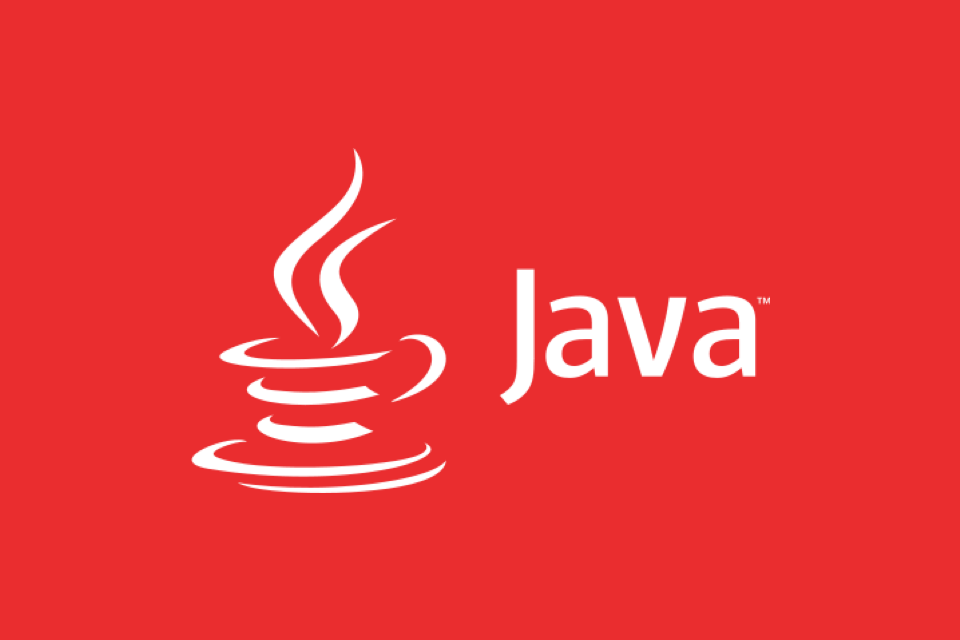Binary search in Java requires careful handling of boundaries and conditions to ensure correctness and efficiency. 1. Use left (right - left) / 2 to prevent integer overflow when calculating the midpoint. 2. Maintain the loop condition while (left

Binary search is a fundamental algorithm that efficiently finds a target value in a sorted array by repeatedly dividing the search interval in half. In Java, implementing binary search correctly means avoiding off-by-one errors, properly handling edge cases, and ensuring performance stays at O(log n).

Basic Structure of Binary Search
At its core, binary search works like this: compare the middle element of the current range with the target. If it matches, return the index. If the target is smaller, search the left half; if it’s larger, search the right half.
Here’s a basic implementation:

public static int binarySearch(int[] arr, int target) {
int left = 0;
int right = arr.length - 1;
while (left <= right) {
int mid = left (right - left) / 2;
if (arr[mid] == target) {
return mid;
} else if (arr[mid] < target) {
left = mid 1;
} else {
right = mid - 1;
}
}
return -1; // Not found
}A few key points:
- Always use
left (right - left) / 2to avoid integer overflow. - The loop condition is
while (left <= right)— this makes sure the last single element is still checked. - When adjusting boundaries (
leftorright), always move past the currentmid.
Handling Duplicate Values
If your array contains duplicates and you want to find the first occurrence of the target, standard binary search won’t cut it — it stops at any match.

To find the first occurrence, modify the logic:
public static int findFirst(int[] arr, int target) {
int index = -1;
int left = 0;
int right = arr.length - 1;
while (left <= right) {
int mid = left (right - left) / 2;
if (arr[mid] == target) {
index = mid;
right = mid - 1; // keep searching left for earlier occurrence
} else if (arr[mid] < target) {
left = mid 1;
} else {
right = mid - 1;
}
}
return index;
}This approach keeps moving left even after finding a match until it finds the earliest one.
Similarly, to find the last occurrence, you’d do the opposite:
- When
arr[mid] == target, setleft = mid 1and continue. - Keep updating the result until the loop ends.
Common Mistakes and How to Avoid Them
Even experienced developers can make subtle mistakes when writing binary search. Here are some common ones:
- ? Using
mid = (left right) / 2: This can cause integer overflow ifleftandrightare large. - ? Incorrect loop condition: Forgetting
in <code>while (left can skip the last possible match. - ? Off-by-one errors in boundary updates: Setting
left = midorright = midwithout adding/subtracting 1 can create infinite loops. - ? Returning early without checking all possibilities: Especially in duplicate scenarios, not continuing the search may miss the correct index.
To prevent these issues:
- Always test with edge cases: empty arrays, single-element arrays, targets at beginning/end.
- Use print statements or a debugger to trace mid values and boundaries.
- Prefer using built-in libraries like
Arrays.binarySearch()unless you need custom behavior.
That's basically how you implement binary search in Java — straightforward but easy to mess up if you're not careful with bounds and conditions.
The above is the detailed content of How to implement a binary search in Java?. For more information, please follow other related articles on the PHP Chinese website!

Hot AI Tools

Undress AI Tool
Undress images for free

Undresser.AI Undress
AI-powered app for creating realistic nude photos

AI Clothes Remover
Online AI tool for removing clothes from photos.

Clothoff.io
AI clothes remover

Video Face Swap
Swap faces in any video effortlessly with our completely free AI face swap tool!

Hot Article

Hot Tools

Notepad++7.3.1
Easy-to-use and free code editor

SublimeText3 Chinese version
Chinese version, very easy to use

Zend Studio 13.0.1
Powerful PHP integrated development environment

Dreamweaver CS6
Visual web development tools

SublimeText3 Mac version
God-level code editing software (SublimeText3)

Hot Topics
 Difference between HashMap and Hashtable?
Jun 24, 2025 pm 09:41 PM
Difference between HashMap and Hashtable?
Jun 24, 2025 pm 09:41 PM
The difference between HashMap and Hashtable is mainly reflected in thread safety, null value support and performance. 1. In terms of thread safety, Hashtable is thread-safe, and its methods are mostly synchronous methods, while HashMap does not perform synchronization processing, which is not thread-safe; 2. In terms of null value support, HashMap allows one null key and multiple null values, while Hashtable does not allow null keys or values, otherwise a NullPointerException will be thrown; 3. In terms of performance, HashMap is more efficient because there is no synchronization mechanism, and Hashtable has a low locking performance for each operation. It is recommended to use ConcurrentHashMap instead.
 Why do we need wrapper classes?
Jun 28, 2025 am 01:01 AM
Why do we need wrapper classes?
Jun 28, 2025 am 01:01 AM
Java uses wrapper classes because basic data types cannot directly participate in object-oriented operations, and object forms are often required in actual needs; 1. Collection classes can only store objects, such as Lists use automatic boxing to store numerical values; 2. Generics do not support basic types, and packaging classes must be used as type parameters; 3. Packaging classes can represent null values ??to distinguish unset or missing data; 4. Packaging classes provide practical methods such as string conversion to facilitate data parsing and processing, so in scenarios where these characteristics are needed, packaging classes are indispensable.
 What are static methods in interfaces?
Jun 24, 2025 pm 10:57 PM
What are static methods in interfaces?
Jun 24, 2025 pm 10:57 PM
StaticmethodsininterfaceswereintroducedinJava8toallowutilityfunctionswithintheinterfaceitself.BeforeJava8,suchfunctionsrequiredseparatehelperclasses,leadingtodisorganizedcode.Now,staticmethodsprovidethreekeybenefits:1)theyenableutilitymethodsdirectly
 How does JIT compiler optimize code?
Jun 24, 2025 pm 10:45 PM
How does JIT compiler optimize code?
Jun 24, 2025 pm 10:45 PM
The JIT compiler optimizes code through four methods: method inline, hot spot detection and compilation, type speculation and devirtualization, and redundant operation elimination. 1. Method inline reduces call overhead and inserts frequently called small methods directly into the call; 2. Hot spot detection and high-frequency code execution and centrally optimize it to save resources; 3. Type speculation collects runtime type information to achieve devirtualization calls, improving efficiency; 4. Redundant operations eliminate useless calculations and inspections based on operational data deletion, enhancing performance.
 What is an instance initializer block?
Jun 25, 2025 pm 12:21 PM
What is an instance initializer block?
Jun 25, 2025 pm 12:21 PM
Instance initialization blocks are used in Java to run initialization logic when creating objects, which are executed before the constructor. It is suitable for scenarios where multiple constructors share initialization code, complex field initialization, or anonymous class initialization scenarios. Unlike static initialization blocks, it is executed every time it is instantiated, while static initialization blocks only run once when the class is loaded.
 What is the `final` keyword for variables?
Jun 24, 2025 pm 07:29 PM
What is the `final` keyword for variables?
Jun 24, 2025 pm 07:29 PM
InJava,thefinalkeywordpreventsavariable’svaluefrombeingchangedafterassignment,butitsbehaviordiffersforprimitivesandobjectreferences.Forprimitivevariables,finalmakesthevalueconstant,asinfinalintMAX_SPEED=100;wherereassignmentcausesanerror.Forobjectref
 What is the Factory pattern?
Jun 24, 2025 pm 11:29 PM
What is the Factory pattern?
Jun 24, 2025 pm 11:29 PM
Factory mode is used to encapsulate object creation logic, making the code more flexible, easy to maintain, and loosely coupled. The core answer is: by centrally managing object creation logic, hiding implementation details, and supporting the creation of multiple related objects. The specific description is as follows: the factory mode handes object creation to a special factory class or method for processing, avoiding the use of newClass() directly; it is suitable for scenarios where multiple types of related objects are created, creation logic may change, and implementation details need to be hidden; for example, in the payment processor, Stripe, PayPal and other instances are created through factories; its implementation includes the object returned by the factory class based on input parameters, and all objects realize a common interface; common variants include simple factories, factory methods and abstract factories, which are suitable for different complexities.
 What is type casting?
Jun 24, 2025 pm 11:09 PM
What is type casting?
Jun 24, 2025 pm 11:09 PM
There are two types of conversion: implicit and explicit. 1. Implicit conversion occurs automatically, such as converting int to double; 2. Explicit conversion requires manual operation, such as using (int)myDouble. A case where type conversion is required includes processing user input, mathematical operations, or passing different types of values ??between functions. Issues that need to be noted are: turning floating-point numbers into integers will truncate the fractional part, turning large types into small types may lead to data loss, and some languages ??do not allow direct conversion of specific types. A proper understanding of language conversion rules helps avoid errors.






